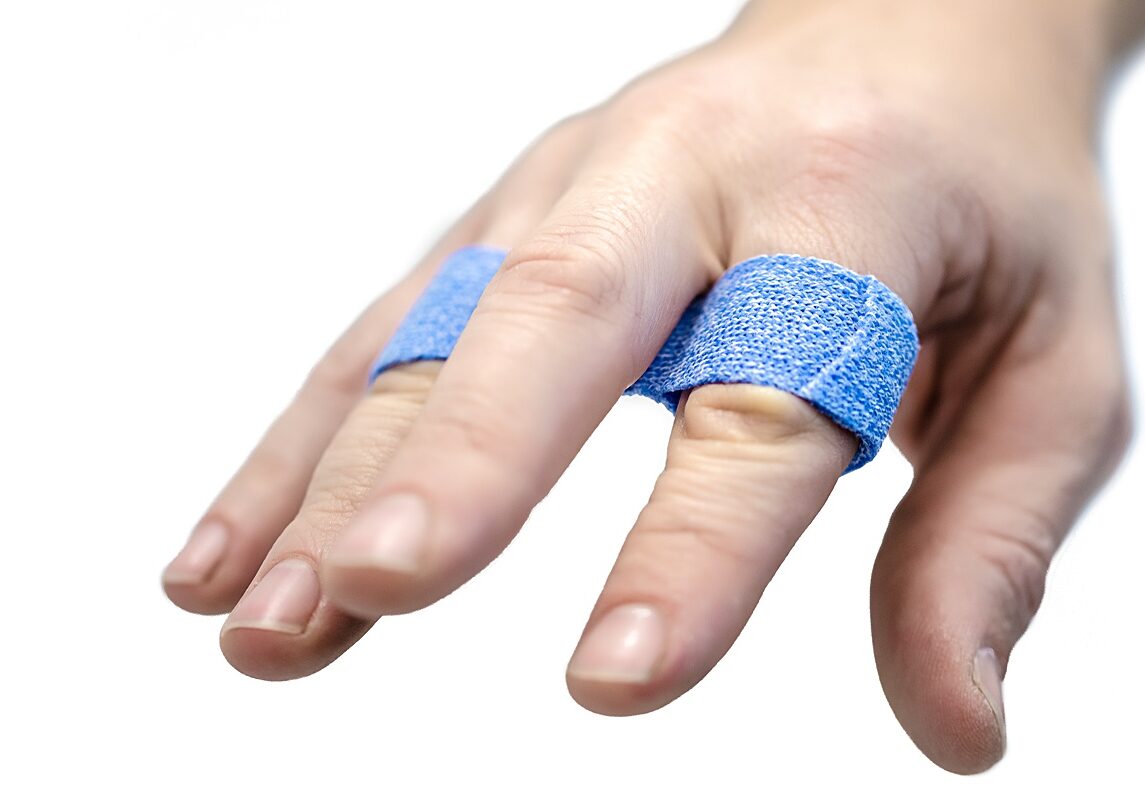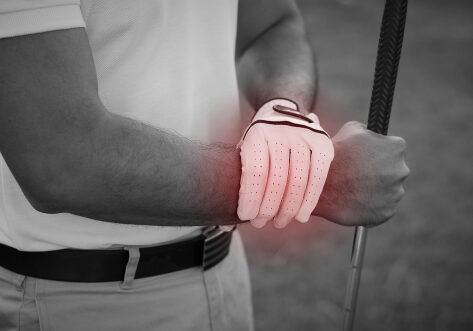Formation continue pour ergothérapeutes : meilleurs cours, avantages et perspectives de carrière
Classé sous Non classé
Introduction to Continuing Education in Occupational Therapy
Continuing education (often called unités de formation continue (UFC) ou continuing ed) plays a vital role in the professional journey of occupational therapists (OTs). Healthcare is constantly evolving, with new research, treatment methods, and technologies shaping the way therapists provide care. To remain effective and compliant, OTs must engage in ongoing learning that not only fulfills licensing requirements but also strengthens their ability to help patients achieve better outcomes.
Whether you’re a recent graduate entering the field or an experienced practitioner looking to specialize, continuing ed for occupational therapists ensures you stay ahead in your career.

Why Continuing Ed is Essential for Occupational Therapists
Staying Current with Industry Standards
Occupational therapy is rooted in evidence-based practice. New research findings and treatment approaches emerge regularly, making it essential for therapists to stay updated. CEU courses help OTs integrate innovative techniques and best practices into their daily work.
Meeting State Licensing Requirements
Most U.S. states mandate that occupational therapists complete a set number of continuing education units (CEUs) to renew their licenses. Skipping this requirement can lead to penalties, suspension, or even loss of licensure.
Expanding Professional Skills & Specializations
Continuing ed isn’t just about compliance—it’s also about growth. Many therapists pursue advanced training in pediatrics, geriatrics, hand therapy, or mental health, giving them an edge in the job market and enabling them to serve diverse populations more effectively.
Popular Continuing Ed Options for Occupational Therapists
Online Occupational Therapy CEU Courses
Digital platforms have revolutionized CE. OTs can now earn CEUs from home through webinars, self-paced courses, and interactive modules. These flexible options make it easier for therapists to balance work, family, and learning.
In-Person Workshops and Conferences
Workshops and conferences provide hands-on learning and networking opportunities. They’re especially valuable for mastering techniques that require direct practice, such as splinting or sensory integration therapy.
Specialty Certifications
Many OTs pursue certifications in niche areas such as hand therapy, low vision rehabilitation, or autism spectrum disorders. These certifications enhance credibility and can open doors to specialized job opportunities.
Top Accredited Providers of OT Continuing Education
Fournisseurs de CEU approuvés par l'AOTA
The American Occupational Therapy Association (AOTA) is the gold standard for continuing education. Courses with AOTA approval guarantee quality and recognition by most licensing boards.
Universities and Healthcare Institutions
Many universities and hospitals offer post-professional programs and CE courses, allowing therapists to learn directly from experts in the field.
Online Platforms and E-Learning Hubs
Websites like Académie de thérapie de la main provide affordable, flexible, and board-approved CEU options.
How to Choose the Right CEU Courses for Your OT Career
Aligning CEUs with Career Goals
The best continuing ed courses are those that align with your professional interests and future goals. For example, if you want to work primarily with children, courses in pediatrics, sensory processing, and school-based OT will be highly beneficial. On the other hand, therapists interested in elder care may benefit from classes on dementia, fall prevention, or adaptive equipment.
Considering Cost, Format, and Time Commitment
Not all CEU courses are created equal. Some are short webinars, while others are multi-week programs or full certifications. Therapists should weigh the cost of tuition, the format (online vs. in-person), and the amount of time required. Many OTs find that subscription-based online platforms offer the best value since they provide unlimited CEU access at a flat yearly rate.
Checking Accreditation and License Board Approvals
Before enrolling, it’s critical to confirm whether the course is accredited and recognized by your state licensing board. Courses without approval may not count toward CEU requirements, even if they provide valuable knowledge. Always double-check the accreditation details before investing your time and money.
Benefits of Continuing Ed for Occupational Therapists
Amélioration des résultats pour les patients
At its core, continuing ed ensures that therapists can provide the most effective and modern treatments available. Patients benefit from cutting-edge interventions, innovative tools, and evidence-based care that improves independence and quality of life.
Increased Earning Potential and Job Security
Specialized training often leads to higher salaries and more job opportunities. Employers value therapists with niche expertise, and advanced certifications can set you apart when applying for competitive positions.
Opportunities for Leadership and Advancement
Therapists who consistently engage in continuing education are often tapped for leadership roles. Whether it’s supervising a team, managing a rehabilitation program, or teaching in academic settings, advanced knowledge creates new career pathways.
Challenges and Barriers in Pursuing Continuing Ed
Time Management for Busy Therapists
Balancing work, patient loads, and personal responsibilities can make it difficult to pursue continuing ed. Many therapists turn to online self-paced courses to complete CEUs at their own convenience.
Financial Constraints and Affordable Options
Not every therapist has an employer that reimburses CEU expenses. To save money, many OTs take advantage of free webinars, low-cost CEU bundles, or membership discounts from professional organizations like AOTA.
Accessibility for Rural and Remote Practitioners
Therapists living in rural areas may struggle to attend in-person workshops. Online learning platforms have helped close this gap, making high-quality education accessible from anywhere.
Future Trends in Occupational Therapy Continuing Ed
Virtual Reality and Simulation-Based Learning
Emerging technologies such as VR are being used to create immersive training environments. These simulations allow therapists to practice new interventions in a realistic, risk-free setting.
Interdisciplinary Collaboration Programs
Future CEUs may increasingly focus on collaboration across disciplines. Learning alongside physical therapists, speech therapists, and nurses can foster better teamwork and holistic patient care.
Micro-Credentials and Digital Badges
Instead of traditional certifications, more CE programs are offering micro-credentials and digital badges. These stackable credentials allow therapists to showcase specific skills in niche areas and share them easily on professional profiles like LinkedIn.
FAQ sur la formation continue des ergothérapeutes
Q1: How many CEUs do occupational therapists need to maintain their license?
A: Requirements vary by state, but most states mandate between 12 and 36 hours of CEUs every two years. Always check your state licensing board for specifics.
Q2: Are online CEU courses accepted for license renewal?
A: Yes, as long as they are accredited and state-approved. Many boards now recognize online CEUs as equivalent to in-person ones.
Q3: Can employers cover the cost of continuing ed?
A: Many healthcare employers provide CEU reimbursement or access to in-house training programs. It’s worth asking your HR department.
Q4: What’s the difference between CEUs and specialty certifications?
A: CEUs are typically short-term educational credits needed for license renewal. Specialty certifications are more intensive programs that provide advanced credentials in specific areas.
Q5: Do new graduates need to complete CEUs right away?
A: Newly licensed OTs often receive an initial grace period before their first CEU requirement. However, starting early helps build strong professional habits.
Q6: What’s the most affordable way to complete CEUs?
A: Subscription-based online platforms like MedBridge or OccupationalTherapy.com are cost-effective options, offering unlimited CEUs for an annual fee.
Conclusion: Lifelong Learning for a Stronger OT Career
Continuing ed for occupational therapists isn’t just a legal requirement—it’s a professional responsibility and a gateway to growth. By staying current, investing in specialized training, and embracing new learning technologies, OTs can ensure they provide the highest level of care to their patients.
Ultimately, lifelong learning keeps therapists competitive, improves patient outcomes, and fosters a thriving career in a field that is always evolving.
Plus à lire
Protocole de réparation des tendons extenseurs (zones 4-7) : mouvement actif contrôlé immédiat (ICAM)
Howell, JW, Merritt, WH et Robinson, SJ (2005). Mouvement actif contrôlé immédiat après la réparation du tendon extenseur de la zone 4 à 7. Journal de thérapie de la main : 18, 182-90. The Skinny - Pendant des années, l'immobilisation était la procédure standard suite à des blessures au tendon extenseur dans les zones 4 à 7. Comme prévu, l’immobilisation a entraîné de longs temps de rééducation, des raideurs articulaires et des adhérences tendineuses souvent…
En savoir plusQuel est le meilleur traitement pour DeQuervain : attelle ou injection ?
Examen rapide Cavaleri, R., Schabrun, SM, Te, M. et Chipchase, LS (2016). Thérapie de la main versus injections de corticostéroïdes dans le traitement de la maladie de Quervain : revue systématique et méta-analyse. Journal of hand thérapie : journal officiel de l'American Society of Hand Therapists, 29(1), 3-11. https://doi.org/10.1016/j.jht.2015.10.004 Le maigre : la ténosynovite de DeQuervain est une inflammation ténosynoviale sténosante affectant le…
En savoir plusLa thérapie par le miroir fonctionne-t-elle pour les patients en thérapie de la main souffrant de problèmes orthopédiques généraux ?
Par : Maddie Mott Rostami, RH, Arefi, A. et Tabatabaei, S. (2013). Effet de la thérapie par le miroir sur la fonction de la main chez les patients présentant des blessures orthopédiques de la main : un essai contrôlé randomisé. Handicap et réadaptation, 35(19). 1647-1651. DOI : 10.3109/09638288.2012.751132 The Skinny : Comment fonctionne la thérapie par le miroir ? La thérapie par le miroir (MT) est réalisée en plaçant l'extrémité blessée du patient dans…
En savoir plusInscrivez-vous pour recevoir des mises à jour directement dans votre boîte de réception !
Inscrivez-vous avec nous et nous vous enverrons régulièrement des articles de blog sur tout ce qui concerne la thérapie des mains, des notifications chaque fois que nous mettons en ligne de nouvelles vidéos et tutoriels, ainsi que des documents, des protocoles et d'autres informations utiles.





